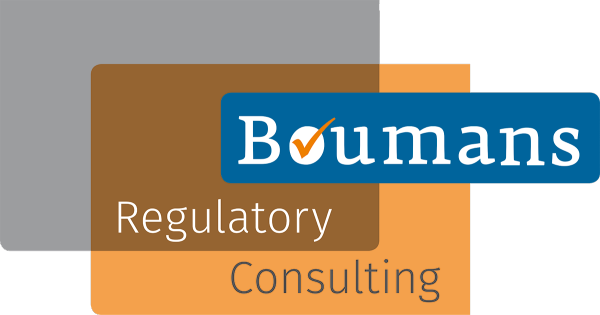PRRC scenario, as posted on LinkedIn on 8 February 2023
According to MDCG Guidance 2021-25 on legacy medical devices, the PRRC is not required for legacy devices. With that in mind, a freshly appointed PRRC had a fairly easy job; the company was not MDR certified yet. With the current proposal of the European Commission to extend the validity of the Directive’s certificates, it would probably take quite a while before there would be devices in the scope of this PRRC. Appointing a PRRC was seen as necessary by the notified body as part of the application process. The main job of this PRRC was to see if the technical documentation was good enough for notified body assessment, which also happened to be the daily job of that PRRC.
One day, during lunch, he takes part in a discussion with his colleagues from R&D. There have been some serious incidents with one of their devices, with at least three patients dying. These have been reported to the authorities, the device has been recalled and now R&D has proposed a design change. Later that week they want to test it in a hospital, so it can be quickly released for production To be certain they can push ahead, one of his colleagues asks: ‘This is a design change related to a corrective action, do you think this is not a significant change?’ The PRRC decides to first check this and later that day he confirms by mail that he thinks this would not affect the certification, after which he goes back to the GSPR checklist he has been working on all day.
However, a few months later, the company is angry at the PRRC and the competent authority is looking into his behavior. They are considering issuing a fine for gross negligence. Their anger is related to events he was involved with that day.
Question: can you figure out what went wrong here…?
Here is what went wrong
So let’s see what actually happened: there have been three deaths with a device, and that usually draws attention typically from the authorities. Once the device was off the market and the company was in the process of redesigning it, this attention drops significantly.
The company, however, is in a hurry. They want the device back on the market. A redesign they have been working on already, has been pushed forward. This is considered a modification of an existing design, not requiring a clinical investigation. The R&D team has added a new feature, which is supposed to make it easier to use. They want to be certain this indeed helps usability. One of their advising physicians works in a hospital close by, and there they did a quick test.
This turned out to be a disaster, with another two patients dying. As a result, the authorities looked closer into this so-called ‘test’ and came to the conclusion that the change is of such magnitude, that the device was used outside its original intended purpose. This test should have been treated as a clinical investigation.
Investigation of the case
When the company management investigated what went wrong, the R&D team showed the email from the PRRC: ‘He knew about our intentions, but didn’t say anything.’ He should have because Article 15(3)(e) demands the PRRC to verify if ‘the statement referred to in Section 4.1 of Chapter II of Annex XV is issued’, which applies to devices that are not CE-marked, or CE-marked devices used outside their intended purpose. And that means that there is hard evidence the PRRC knew about a possible non-conformity and did not act. In other words, he was grossly negligent and he did not fulfill his duties properly This lack of response by the PRRC could be seen as ‘gross negligence’ by the authorities and the PRRC not fulfilling his duties properly (Article 15(5)) by his employer. For company management this comes in handy because they are under increasing pressure from the authorities; they need a scapegoat…
In my view, there are three major root causes:
- According to MDCG guidance 2021-25 legacy devices are out of the scope of the PRRC. I think the interpretation of the MDCG is not correct, because Article 120(3) refers to compliance of the certified devices and not of the economic operators. And even if there was a ground for that, they could have attempted to still make the legacy devices part of the PRRC scope. As a result, there are quite some PRRCs appointed mainly for being listed on the application form of the certification application. In this scenario, this resulted in a PRRC who was not fully aware of his role. Considering the fact that so many devices will remain out of the scope of the PRRC for many extra years, if the proposed MDR delay in its current form will be realized, signals to me that the authorities don’t think the PRRC is adding a lot of value…
- The R&D team appears not to be sufficiently aware that testing a new device on humans triggers special requirements. They should have investigated this better, and not hind behind a PRRC who was caught off guard.
- If you are acting as a PRRC, always be aware that anything you communicate can be seen as a formal PRRC position. Even if you learn about a non-conformity in another role, you will still be aware of it in your role as a PRRC. This means that you need to be permanently vigilant about possible non-conformities, and make sure you do not openly communicate to agree with something, without having carefully considered the situation.
Conclusions and recommendations:
- Agree with your company that you also cover legacy devices. Of course, you may apply different criteria for MDR/IVDR-certified devices and legacy devices.
- Make it a habit to be clear about an opinion being a formal PRRC standpoint or just a thought. A PRRC standpoint should be based on careful considerations.
- Prepare well for the job and stay informed by becoming a member of TEAM PRRC and follow a good training.





